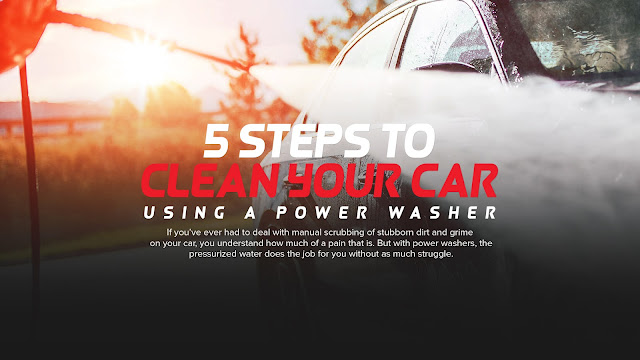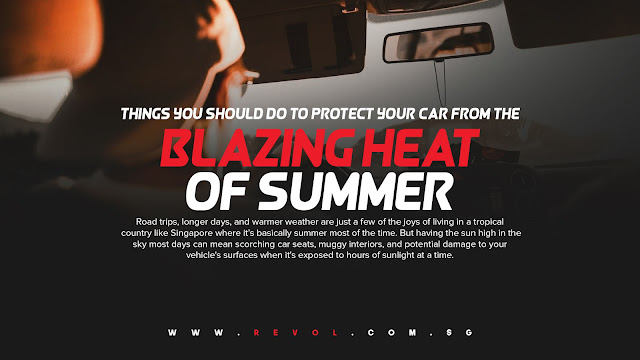Car repair is not a job to take lightly. So whether you’re a seasoned mechanic or a regular car owner who wants to take charge in his own car troubles, you need to invest in tools that you can rely on through thick and thin. Here are the top tools that you want and need in your garage.
Milwaukee Cordless Impact Wrench, 18.0 V
When trying to grip or apply torque on things like nuts and bolts, you need a reliable tool like this especially when a compressor or air tank and hose aren’t available. But since this is a rechargeable cordless impact wrench do not expect it to apply the same kind of torque a pneumatic model can. However, it has enough energy to handle axle shaft nuts.
Proto Sealed Head Air Ratchet, 3/8” Drive
An air ratchet wrench is more powerful version of your trusty handheld socket set. But the best thing about this is that it’s lightweight and compact that you can get it into tight places in your car and get those tough nuts loosened.
Mac Tools Spinflex Flex Head Ratchet
This rugged 30-tooth design is for maximum durability, it has a low-profile switch, and its design allows users to slide comfortable grip on its handle so that when released from locked position it converts ratchet to a speed handle. No more struggle when reaching for tight nooks and crannies in the car’s engine bay when you’re in the middle of car repair.
Steelman STE97202 Wireless Chassisear Kit
The problem with a traditional stethoscope is that you can't use it while you're taking a car for a test drive. This is why having Steelman is such an ease to have when you’re trying to diagnose certain problems in your car. This one comes with a transmitter that you can attach to the problem area which allows you to hear noise changes better even when you’re driving the car.
Craftsman 17-Piece Standard & Metric Flex Socket Set
Once you’re faced with a car repair that requires you to get into tight spaces without disassembling other parts to get there, you’d be thankful you decided to invest in this set. This is especially known for nickel-chrome plated socket and precision machine which is perfect for loosening or tightening bolts or nuts.
Chicago Pneumatic CPT-7748 Air Impact Wrench
With a maximum of 922 ft-lbs of torque and 1200 blows per minute, this impact wrench can do even the toughest rusted bolt there is. No wonder this is known for its quality and reliability.
Mityvac MITMV8500 Hand Vacuum & Pressure Pump Kit
For those who are determined to take on car repairs on their own, this kit is a must buy. It will make your life easier when dealing with brake bleeds or vacuum tests. It comes with all the necessary attachments and accessories that will allow you to handle any type of vehicle or components, and can quickly switch between applying vacuum and pressure too.
Gearwrench 81229 3-Piece Offset-Handle Ratchet
Mechanic’s knuckles often take a beating when getting into odd spaces under the hood. If you want to avoid looking like you beat people for a living because of your knuckles this bent-handle ratchet is your new best friend. Reaching spark plugs became easier too because of this guy’s deep-well sockets.
SK Hand Tools 1/4-In.-Drive Thumbwheel Ratchet
Trying to get to a connector under the dash with a big-handled tool is a surefire way to lose your patience and get nothing done because there’s just no way it’s gonna happen. This SK Hand Tools have a knurled rim that's easy to grip and can fit almost anywhere. Goodbye frustrating attempts to take on this task with the wrong tool.
Torin T82040 Trolley Jack With Jack Stand And Creeper
When you’re faced with a car repair which calls for going under the car, the most important thing is to have a secure tool that will hold the car in place. This guy right here includes a comfortable creeper to get you around while you’re under there and trolley jack and jack stands which are all rated to two tons and are easy to adjust. This jack stand and creeper is definitely a keeper!





